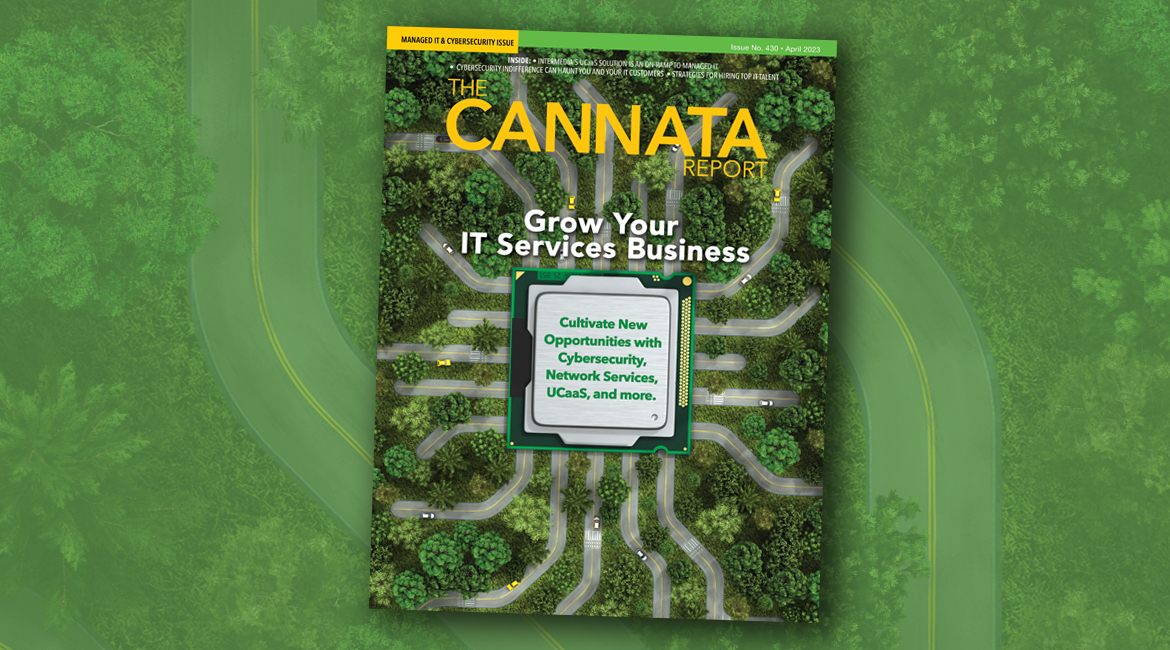Artificial Intelligence (AI) has been a buzzword in the technology industry for quite some time now, and it’s not surprising to see the emerging influence of AI in the office technology industry. AI has been making waves by creating content, automating routine tasks, and streamlining workflows. But as much as AI brings unprecedented opportunities, it raises some questions: Is AI a friend or a foe to the office technology dealer channel?
The benefits of AI in the office technology industry are significant. AI can automate and streamline routine tasks, improve customer service, and provide valuable insights to customers. For example, AI can identify patterns and anomalies in data that may not be apparent to humans, making it an invaluable tool for data-driven decision-making. Additionally, AI can help businesses save time and money by automating routine tasks, such as scheduling meetings and responding to emails.
For office technology dealers and managed IT service providers, AI can be used to improve the customer experience. For example, AI-powered chatbots can handle routine queries, allowing employees to focus on more complex tasks. AI can also analyze customer data and provide personalized recommendations, increasing customer satisfaction and loyalty.
So, is AI a friend or a foe to the office technology dealer channel? The answer is that it depends on how AI is used. AI can be a valuable tool that can help businesses automate routine tasks, streamline workflows, and provide valuable insights to customers. However, AI is not a silver bullet that can solve all problems, and it should not be seen as a replacement for human expertise.
From a trade magazine perspective, AI is also an essential tool that can enhance the quality and speed of content production. However, there is a potential downside. Can a trade magazine maintain the respect of its readers if it publishes AI-generated content? The answer is a resounding yes, but it comes with some caveats.
Firstly, AI-generated content should not be seen as a replacement for human-generated content. AI-generated content can complement human-generated content by providing data-driven insights and automating routine tasks, such as proofreading and grammar checking. However, AI-generated content should not be seen as a replacement for human-generated content that provides expert analysis, insights, and commentary.
Secondly, AI-generated content should be transparently labeled as such. Readers should be made aware that AI has generated the content they are reading. This is not only ethical but also builds trust with readers. Transparency also helps readers to understand the limits of what AI can do and where human expertise is still needed.
I did not write what you just read. ChatGPT wrote the above portion of my column. The only change I made to what ChatGPt wrote was to have Grammarly, a grammar tool, tighten up a few sentences. Essentially, I used an AI tool to edit an AI tool’s output.
If you are a frequent reader of The Cannata Report and familiar with my writing style, you may have noticed that this column was written in a voice other than mine. Good for you. If you didn’t, bad for me.
Starting in this issue, The Cannata Report is publishing a new column, AI Observations, that presents opinions, news, and analysis of the latest AI trends and written by the staff of The Cannata Report and industry thought leaders. After reading this, you may want to read our first column, “Is AI a Threat to Our Jobs?”
The more we learn about AI, the better. Like it or not, we don’t have any choice in how much AI is changing and will continue to impact our lives. Because AI is watching, reading, and listening, I’ve chosen to make nice with our AI friends.
What about you?





